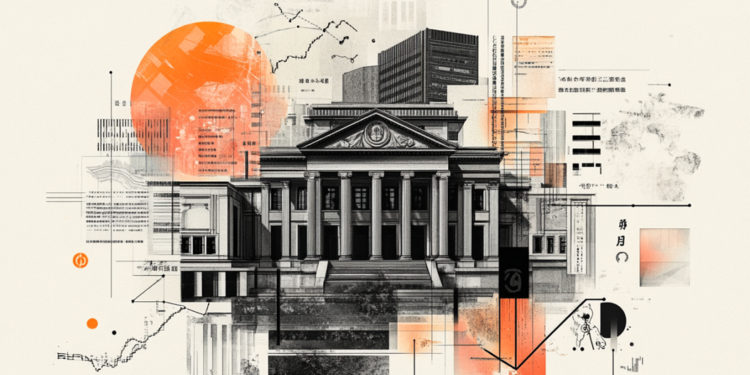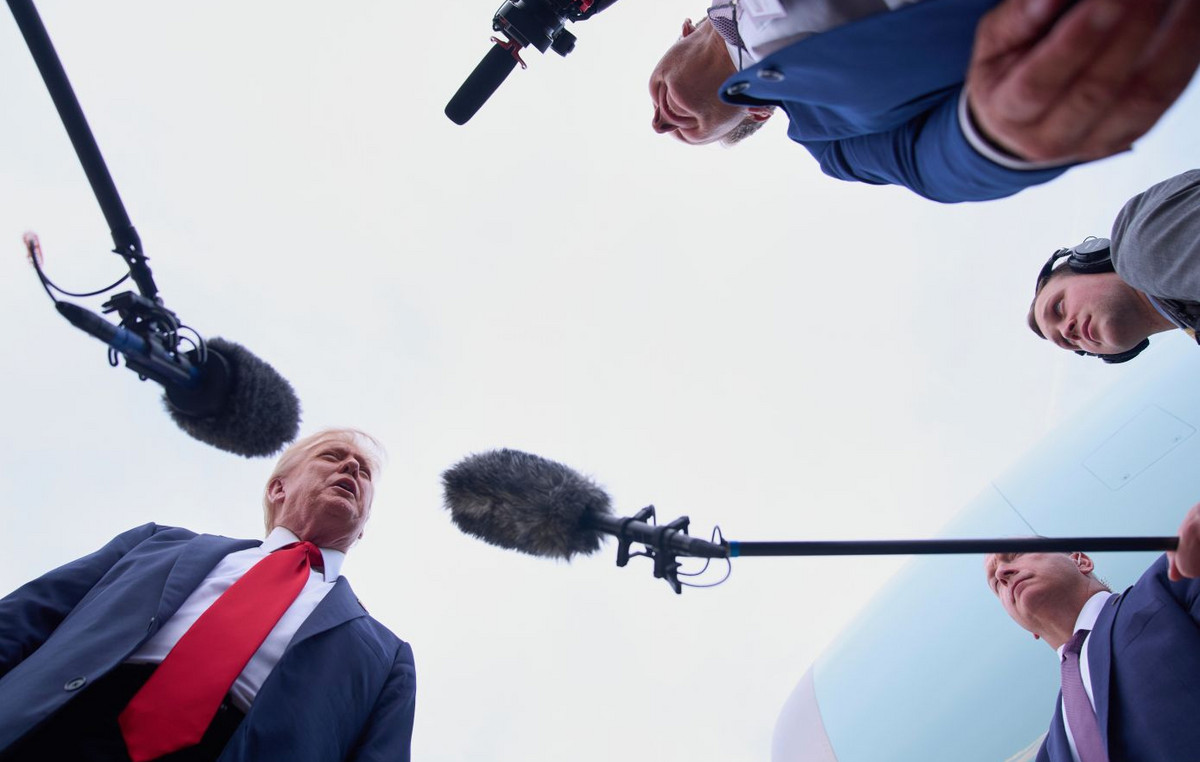Ripple CEO Brad Garlinghouse said his recent remarks on the World Class podcast were not an attack on USDT, as the head of the stablecoin issuer, Paolo Ardoino, presented.
I wasn't attacking Tether…the next words out of my mouth during the podcast were that I view Tether as a hugely important part of the ecosystem. My point was that the US govt has clearly indicated they want more control over USD-backed stablecoin issuers, and thus, Tether, as…
— Brad Garlinghouse (@bgarlinghouse) May 13, 2024
Garlinghouse then noted that the intention of the US authorities to pursue Tether is obvious to him.
In response, the company's CEO Ardoino published voluminous poststarting with the statement:
He further spoke in detail about Tether's cooperation with law enforcement and regulators in various countries, the firm's efforts to comply with regulatory rules and the sanctions regime.
Ardoino's accusations regarding Garlinghouse were supported by well-known Bitcoin advocate JAN3 CEO Samson Moe.
So Ripple, who paid Greenpeace $5 million to FUD #Bitcoin, is now actively spreading FUD about Tether to try to get traction on their own stablecoin. Not a surprise at all. https://t.co/yTP91GOKLk
— Samson Mow (@Excellion) May 13, 2024
The head of Ripple made it clear that he was misunderstood
Garlinghouse, in a response to Ardoino, drew his attention to calling “Tether a critical part of the ecosystem” of cryptocurrencies.
Some commentators were less peaceful, recalling real complaints about the transparency of Tether’s activities.
Let me give you an update on #Tether USDT ecosystem safety:
— #Tether has never been audited;
— $42.5 million fine by CTFC for lying about USD reserves;
— CEO doesn't do public interviews;
— Less than 30% of their USDT backed by real dollars.
— #Tether is not only an indirect… pic.twitter.com/icJTbyaUkb— EDO FARINA 🅧 XRP (@edward_farina) May 13, 2024
Alpha Lions Academy CEO Eduardo Farina noted that the USDT issuer:
- has never been audited;
- paid CTFC a $42.5 million fine for lying about the size of reserves;
- The CEO of the company does not give public interviews;
- less than 30% of the company’s “stable coin” is backed by real money.
Farina also admitted that Ardoino’s unexpected reaction to Garlinghouse’s remarks was caused by real fears of competition from Ripple. He turned out to be not alone in this opinion.
Does Tether always react sharply to mentions of the company?
Previously, Deutsche Bank Research analysts, based on the results of a study, came to the conclusion that most stablecoins are doomed to lose their peg and disappear. The report mentioned USDT as the largest coin in the segment.
Tether said the document “lacks clarity and substantive evidence” and relies on “vague statements rather than rigorous analysis.” Ardoino posted this argument from the statement to X:
In January, Tether expressed disappointment with the UN's assessment of USDT's use in illicit activities and its dismissal of the asset's role in emerging economies in response to a report released by the organization.
JPMorgan analysts pointed out the risks of USDT dominance for the stablecoin segment and the cryptocurrency ecosystem as a whole.
Bank specialists also believe that as a result of the introduction of regulation of “stable coins” in the United States, Tether’s market share in the country will decrease in favor of competitors.
Source: Cryptocurrency
I am an experienced journalist and writer with a career in the news industry. My focus is on covering Top News stories for World Stock Market, where I provide comprehensive analysis and commentary on markets around the world. I have expertise in writing both long-form articles and shorter pieces that deliver timely, relevant updates to readers.







